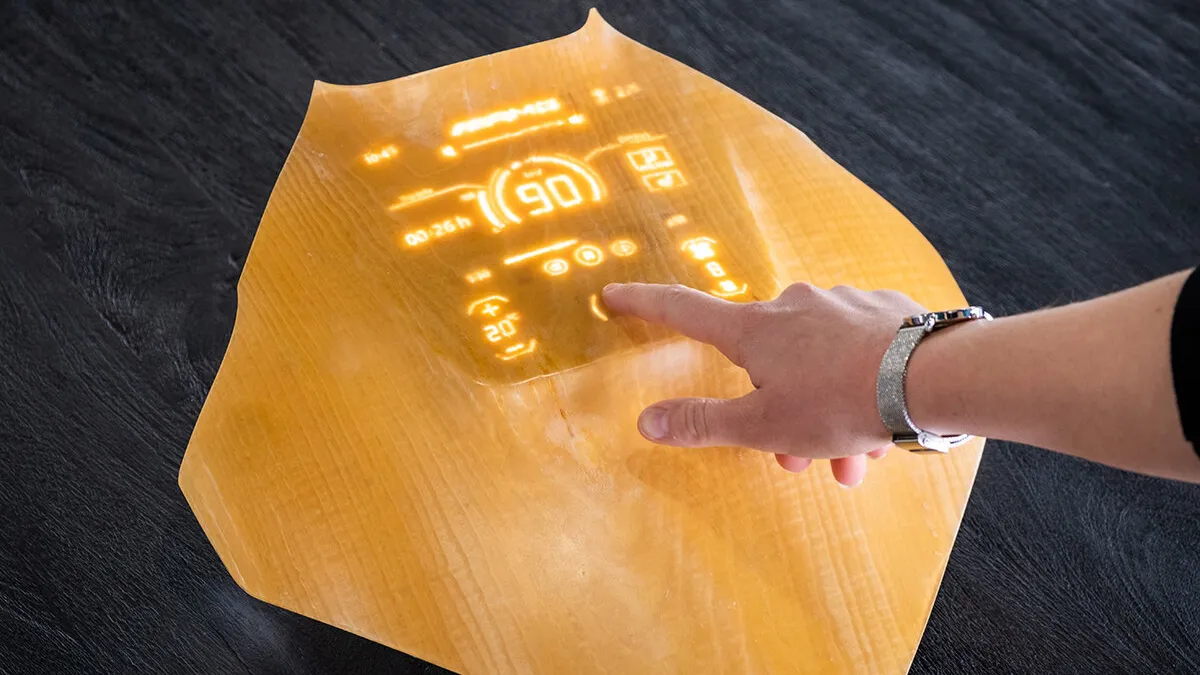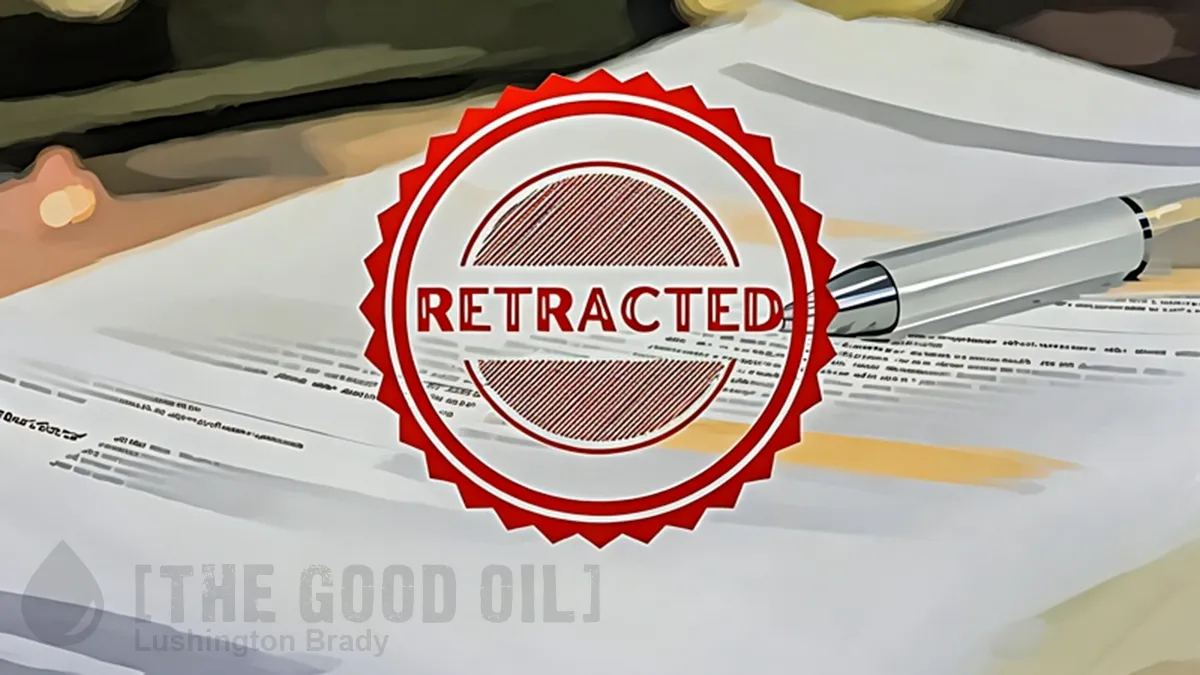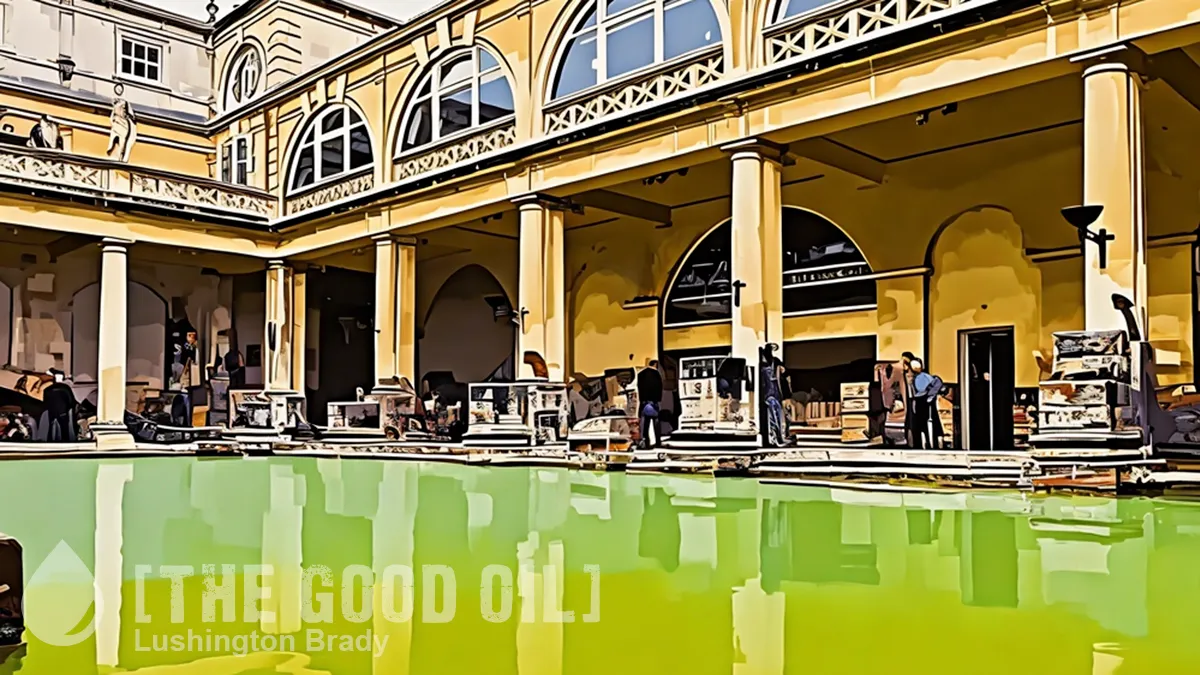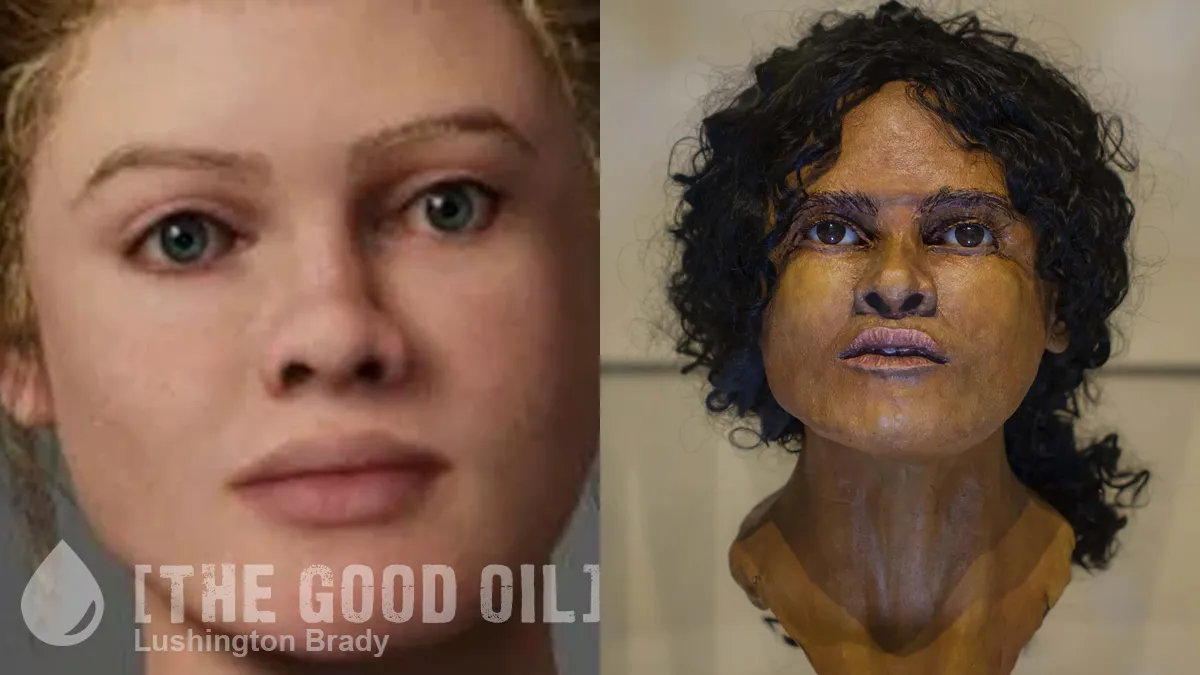Table of Contents
I’ve never been much of a Star Trek fan. I thoroughly disliked didactism in entertainment from the moment Sesame Street tried to force me to learn the alphabet in an American accent. Bugger that, bring me the afternoon cartoons and the adult amorality of Bugs Bunny and crew. So, while I loved all things science fiction, Star Trek, which has always had a preachy streak a mile wide and an inch deep, left me more-or-less cold.
That said, Star Trek: The Motion Picture was a visual tour-de-force that had me captivated where the rest of the theatre tried to stay awake. Star Trek IV: The Voyage Home may have ramped up the preachiness to 11 with its even-then-dated “Save the whales!” theme, but at least the film had a sense of fun that its po-faced predecessors sadly lacked.
One of the best gags in the film (aside from the boombox-carrying bus punk) was when the stranded Enterprise crew hustle some much-needed gear by selling the secret of futuristic “transparent alumin[i]um” to a manufacturer. With a sly nod to the bootstrap paradox, Scotty shrugs and asks, “How do we know he didn’t invent the thing?”
Well, no one’s invented transparent aluminium yet, but see-through wood has become reality.
Forest Products Laboratory (FPL) researcher Junyong Zhu in co-collaboration with colleagues from the University of Maryland and University of Colorado, have developed a transparent wood material that may be the window of tomorrow. Researchers found that transparent wood has the potential to outperform glass currently used in construction in nearly every way.
Their findings were published in the Journal of Advanced Functional Materials in their paper, “A Clear, Strong, and Thermally Insulated Transparent Wood for Energy Efficient Windows.”
Transparent wood is created when low-density balsa wood is treated in a room temperature, oxidizing bath which strips out lignin and bleaches it of nearly all visibility.
The wood is then penetrated with a synthetic polymer called polyvinyl alcohol (PVA), creating a product that is virtually transparent.
The natural cellulose in its wood structure and energy-absorbing polymer filler in transparent wood means that it is far more durable and lighter than glass. It can withstand much stronger impacts than glass and, unlike glass, it bends or splinters instead of shattering.
Just to keep “save the planet” minded Trekkers happy, transparent wood is not just better for construction, but has clear (pardon the pun) environmental benefits.
While glass is the most common material used in window construction it comes with a costly economic and ecological price.
Heat easily transfers through glass, especially single pane, and amounts to higher energy bills when it escapes during cold weather and pours in when it’s warm. Glass production in construction also comes with a heavy carbon footprint[…]
Not only is transparent wood created from fast-growing balsa trees – which would presumably capture carbon as they grow – it is far more thermally efficient than glass, meaning that energy costs for buildings would be greatly reduced. It’s also compatible with existing industrial processing equipment.
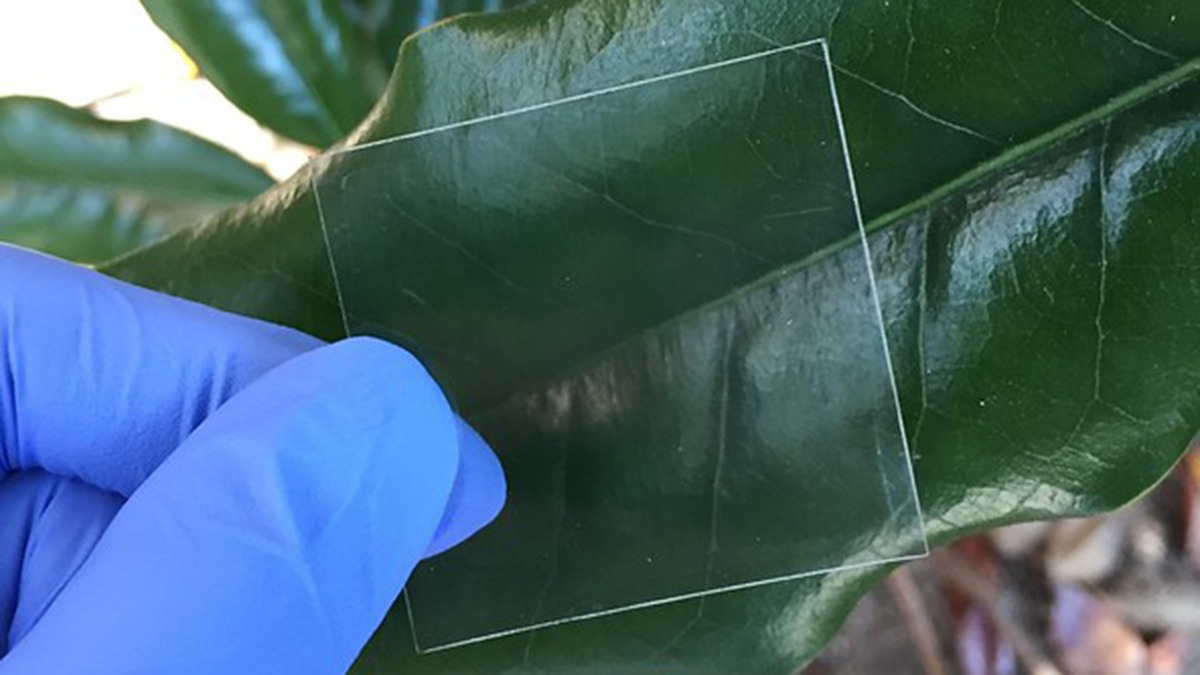
A potential drawback is that the product is not as crystal clear as the glass we’ve become accustomed to. Rather the effect is similar to lightly frosted glass.
Another application being explored is integrating electronic displays into touch-sensitive, semi-transparent wood panels, creating visually stunning dashboard displays.


